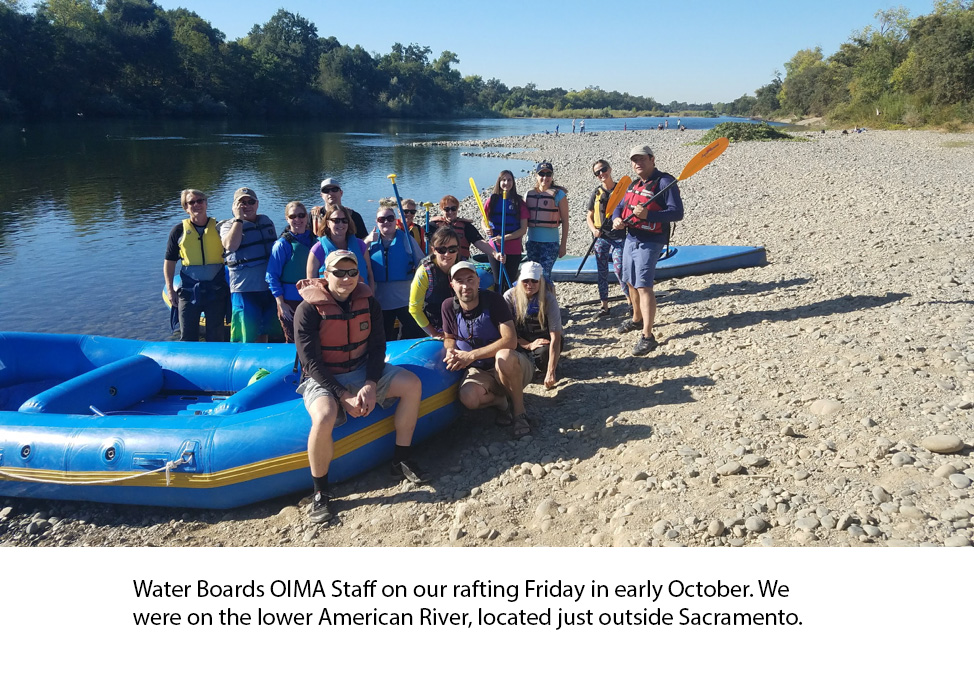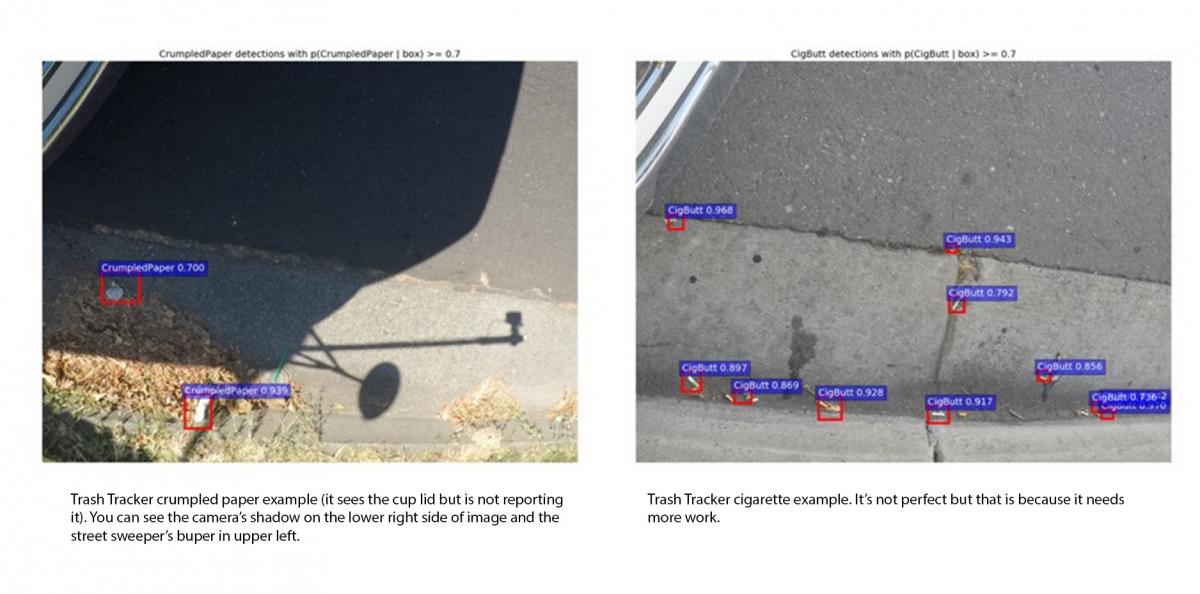My California Sea Grant State fellowship is within the executive division of the CA State Water Resource Control Board (Water Board) in the Surface Water Ambient Monitoring Program (SWAMP) unit. The Water Board is a regulatory agency that seeks the most efficient use of our water resources with a multitude of users in mind. It has the power to craft, issue and revoke permits for various activities that impact water quality throughout California.

Basically, if your activities impact water quality in CA, you’ll have to work with the Water Boards to get a permit. The Water Board will likely require a few things, one of which may be that you contribute to or conduct water quality monitoring because data is necessary to tell the stories about the condition of our water. The SWAMP unit manages and uses data from at least four state-wide monitoring programs: bioaccumulation, bioassessment, freshwater cyanobacterial harmful algal blooms (HABs) and the stream pollution trends monitoring programs.
If you are reading about the fellowship, then most likely you’re interested in policy and have a science background … and perhaps you are a bit mystified by the science-policy interface. My academic training steered me to identify a question, design a study to answer the question, do some analysis, write it up for a targeted audience, try to get someone to listen or read it and change their mind based on your research. Certainly, this is one way that science can inform policy but there are others. At the Water Boards, I have gained a difference perspective: science can happen within the bounds of policy. Policymakers often craft legislation to be ambiguous and flexible; parts of the 2015 Trash Amendments are examples of how legislation can be vague enough to allow for technological advances and new applications of science.
The gist of the Trash Amendments is that litter and trash in our water ways will be treated as a pollutant (it wasn’t previously!), and that agencies with dense populations of people must install full trash capture devices at the entrance to storm drain systems. Once trash gets into the storm drain system and/or water bodies, it is expensive to remove it, hence the amendments are designed to stop trash on the streets where street sweepers can get it.
Now, the ambiguous and flexible parts of the Trash Amendments have to do with agencies that, for whatever reason, cannot install full trash capture devices. If an agency cannot install full trash capture devices (there are very good reasons why some cannot), then the agency must demonstrate that its actions to reduce trash are “equivalent” to a full trash capture device. In a practical sense, this means that an agency needs to monitor trash entering a storm drain system for as long as they do not install a full trash capture device. Imagine the expense and human-hours that would be spent counting, classifying and documenting trash! At first glance, it seems like the “equivalency” wording in the Trash Amendments is a headache but as a scientist, I recognize that measuring equivalency can only be done with data. That word was the way policy people passed the ball to the science team.
In April 2017, just one month into my fellowship, I was sitting in on a Trash Amendments conceptual modeling workshop consisting of Water Board staff, regulated agencies and environmental consultants when I had the idea to put a camera on a street sweeper as a means to monitor trash. It points at the ground in front of the sweeper collecting images every couple seconds and collects location information for each image.

You might be thinking: “how is this a new application of technology and how does this side-step the expensive issue of people having to classify trash for hours and hours?” My academic background gave me an interest in remote sensing and, for the past couple years, I’ve been exploring and using computer vision techniques (the ability of a computer to recognize things in an image) to answer scientific questions. By mounting a camera to the front of a street sweeper and using computer vision to analyze these images, I am proposing a cost-effective and reproducible way for the Water Boards to measure equivalency.
This is the beginning of my story about tracking trash in my fellowship with the Water Boards. I have a few months left to spread the word about computer vision and how to use it to answer questions about water quality in California. Hopefully we’ll use this technology to make a new program of data collection for the SWAMP unit, and environmental scientists here at the Water Boards will have a new type of data to tell stories about water quality.
There is a real possibility that this method will become the statewide recommended way for an agency to monitor trash but there is a lot of work to do before that happens. From my vantage point as a scientist working in a policy framework, I think it is important to keep an eye out for those ambiguous and flexible parts of legislation because that means the ball is in your court.
Written by Andrew Hill



